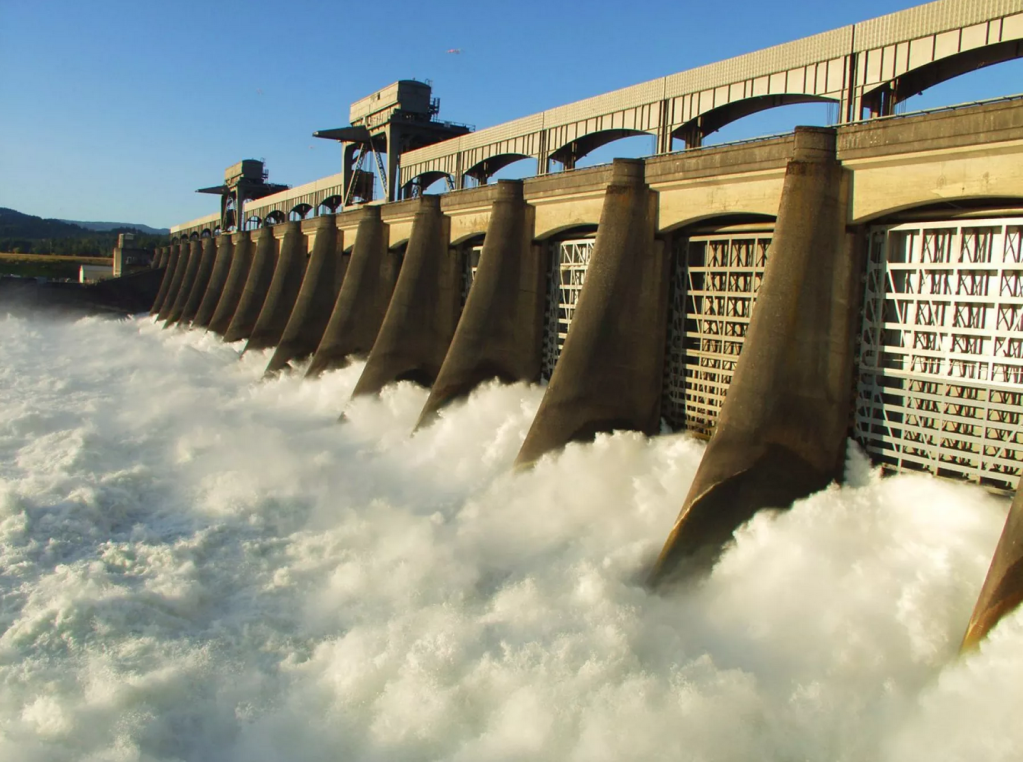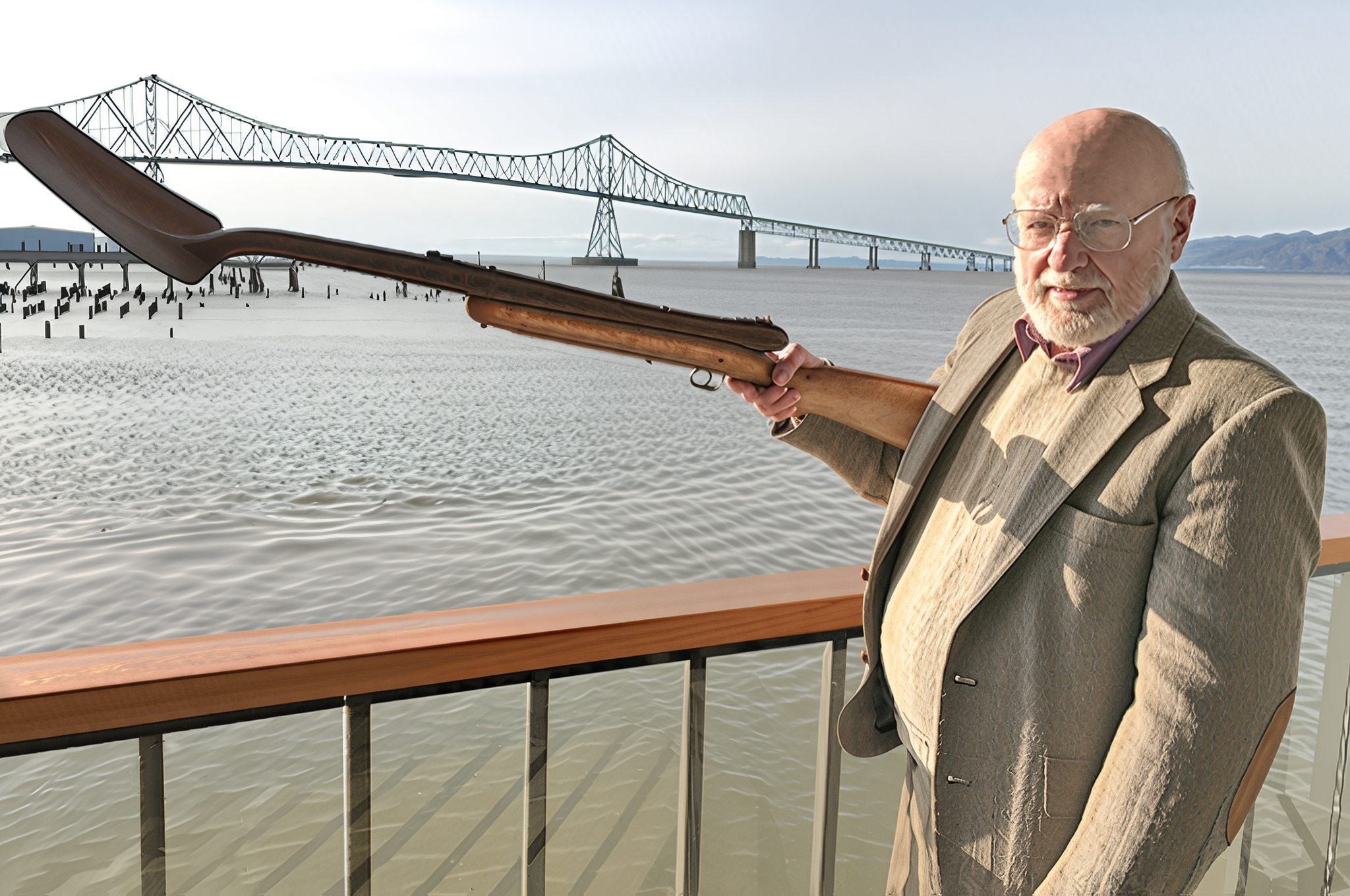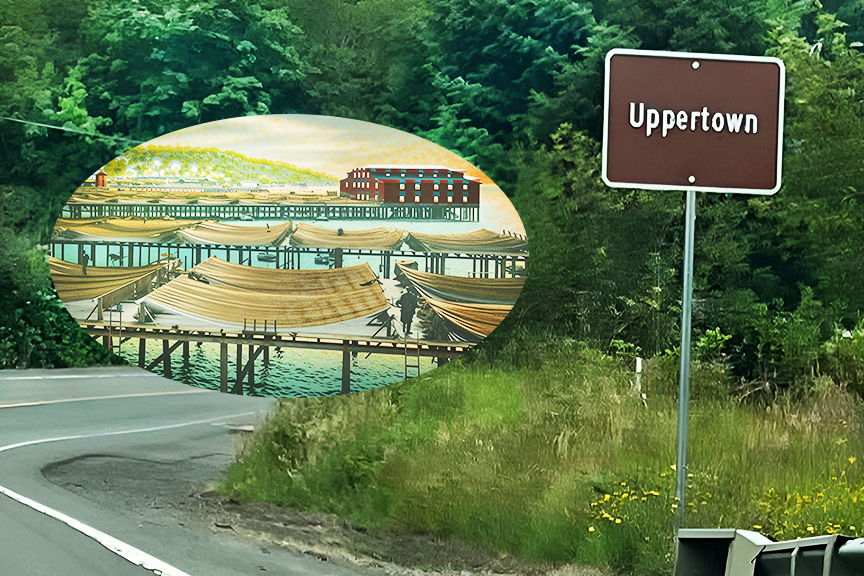Our View: It’s a cloudy time for salmon recovery
Published 10:45 am Wednesday, February 19, 2025

- Bonneville Dam is the last of dozens of dams on the Columbia River watershed before it empties into the Pacific Ocean. It marks the boundary between the Columbia estuary and basin.
The start of public participation in the 2025-26 “North of Falcon” process is a good time to dive into the latest news and concerns about salmon recovery.
“North of Falcon” is how state-managed salmon seasons are set from Cape Falcon, north to the U.S.-Canada border, including the Columbia River. A parallel process by the Pacific Fishery Management Council establishes salmon fishing seasons three to 200 miles off the Pacific Coast. (See tinyurl.com/2025-North-of-Falcon for a Zoom link to the Feb. 28 North of Falcon meeting and www.pcouncil.org for more about offshore season planning that concludes in April.)
Recreational, commercial and tribal salmon fisheries have been viable in recent years, but this season’s catch allowances won’t be known for weeks.
Some participants are dialing down expectations.
“As treaty tribes in Western Washington begin the annual North of Falcon planning process with state co-managers, our negotiations remain challenged by declining salmon populations,” Ed Johnstone, chairman of the Northwest Indian Fisheries Commission, said in a written statement. “While we can’t recover these stocks with fisheries management alone, we all need to recognize that we need to make difficult decisions to achieve conservation. Weak stock management must include leaving some fish in the water to account for increasing uncertainty caused by other factors such as habitat degradation, climate change and marine mammal predation.”
Meanwhile, the Northwest Power and Conservation Council recently conceded that “Officials are still not close to reaching their goal of returning at least 5 million salmon and steelhead to the Columbia River Basin. However, new data shows a positive trend in total abundance of fish in the basin,” according to reporting by the Idaho Capital Sun.
Up to 16 million salmon and steelhead returned upriver before the era of intensive white settlement, but dams and other factors drove that down to about 1.3 million a year by the 1990s. Between 2004 and 2023, returns averaged around 2.3 million. In 1987, the council set a goal to have 5 million salmon and steelhead return to the basin above Bonneville Dam by this year.
Although council members try to put a happy face on this, it’s hard to interpret reaching less than half their stated goal as anything other than a disappointment. This hasn’t been for want of trying and billions in spending by many participants. Fundamentally, it’s hard restoring anything resembling natural functions in a river system with more than 60 dams, at the same time when the Pacific Ocean’s temperature and chemistry are changing.
The newest uncertainty facing salmon restoration comes from Washington, D.C. in the form of unilateral funding cutbacks reverberating through federal agencies. While there’s no doubt money has been wasted over the decades, a substantial withdrawal of federal support for activities relating to Pacific Northwest salmon would have adverse consequences.
Federal hatcheries, plus others operated by states and tribes, are responsible for the bulk of returning salmon. This isn’t without controversy. Some argue hatchery fish get in the way of others that spawn naturally. However, salmon seasons — with great importance to our economy and culture — would be impossible without the hatcheries. Furthermore, cutbacks would violate treaty obligations to Columbia River and Puget Sound tribes.
Scientific research and monitoring — especially vital for understanding ocean conditions — might be an early target of cutbacks for anybody casting around for savings and lacking a strong commitment to iconic Northwest species. Similarly, federal Clean Water Act grants for habitat restoration may be on the chopping block after being paused in late January and then restored — for the time being. In most cases, loss of funds equals a loss of employment for people, who often have expertise not easily replaced even if money is eventually restored.
Financial considerations aside, changes in how the Endangered Species Act is administered are likely to be a source of friction during the Trump administration. The president’s executive order declaring a national “energy emergency” has far-reaching implications for species seen as getting in the way of an array of activities and projects. The order moves to strengthen the “Endangered Species Act Committee,” popularly called the “God Squad.” Theoretically only after a complex administrative procedure, this panel can declare defeat and withdraw ESA protections from a doomed species.
“Resurrecting the group — made up largely of high-ranking federal government officials — could prompt more ESA exemptions and flex more muscles against what the executive order calls ‘obstacles to domestic energy infrastructure.’ The committee, for the first time, will start meeting regularly to assess the ESA writ large, the order states,” E&E News reports.
On the other hand, relaxation of federal safeguards might allow more control of salmon predators. And President Trump’s skepticism about clean energy will be a roadblock for Pacific Coast wind farms, which some commercial fishermen feared would be destructive.
Nowhere in the world is the affection for salmon stronger than here on the Columbia estuary, where the roots of many families are intertwined in fishing stretching back generations. It’s important that we not lose hope about these species and continue advocating for them in the face of environmental and political risks.









